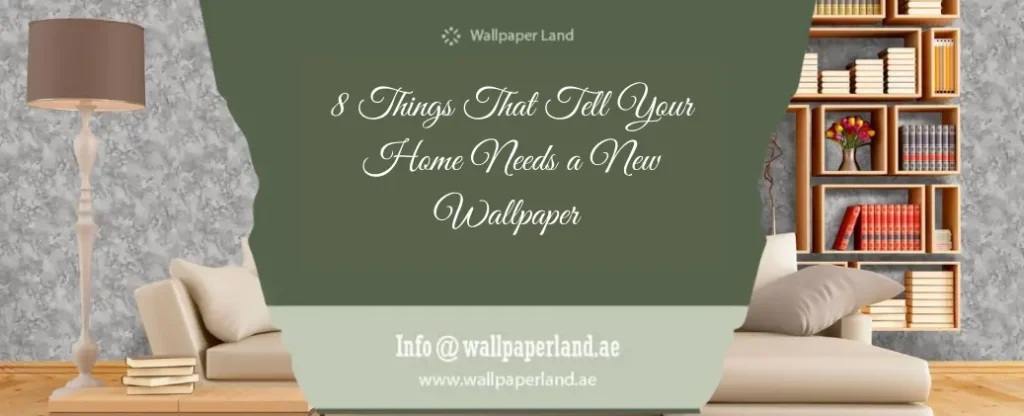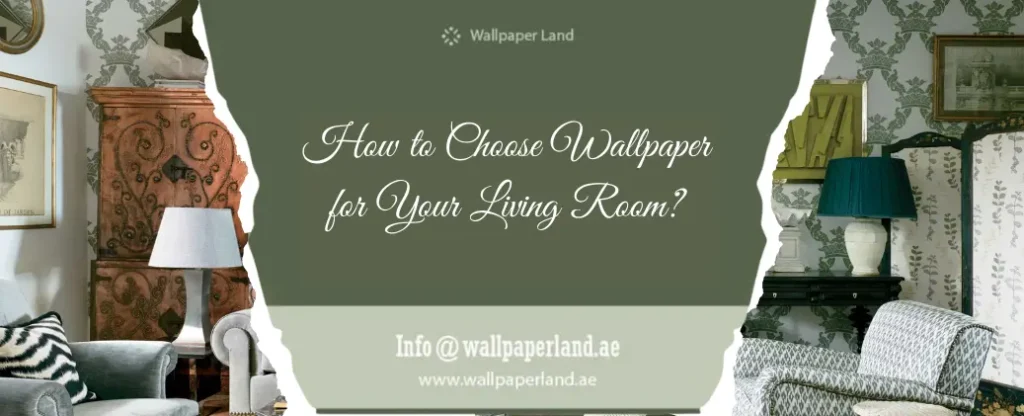The Art of Mixing Wallpaper Patterns and Textures
The Art of Mixing Wallpaper Patterns and Textures
By Wallpaper Land on May 16, 2023

In order to give the living spaces depth, character, and a feeling of personal flair, interior designers and homeowners have embraced the trend of mixing various wallpaper patterns and textures in recent years. Walls with homogeneous patterns, colors, and textures are a thing of the past; we now have the opportunity to experiment with a wide variety of patterns, colors, and textures.
But mastering the mix of wallpaper patterns and textures calls for a careful balance. It entails comprehending how various patterns and textures interact with one another, how they contribute to the overall aesthetics, and how they affect the ambiance and mood of a space.
Different Ways To Mix and Match Wallpaper Patterns and Textures
We’ll look at a range of patterns, from classic damasks to modern geometrics, from textured grasscloths to intricate florals, and offer useful tips on how to incorporate them into your interior design. In this article by Wallpaper Land, we’ll discover how to employ texture to establish focal points, balance busy patterns, and add depth and perspective.
So, if you’re ready to go on a creative adventure, let’s get started with the art of combining wallpaper patterns and textures. This is a world of limitless possibilities where your walls can reflect your distinct sense of style and imagination.
1. Establishing a Cohesive Color Scheme
It’s crucial to have a unified color palette first. Choose a primary color or a color scheme as the starting point for your wallpaper selections. This will act as a unifying factor that connects all the patterns and textures.
To create a balanced and aesthetically pleasing space, take into account the existing furniture, flooring, and accessories in the area and choose colors that contrast or complement those features.
2. Exploring the World of Wallpaper Patterns
When you have a color scheme in mind, you may start looking at wallpaper patterns. There are a tone of possibilities available, from overly dramatic to subtly understated. Stripes, flowers, geometric patterns, damasks, and botanical prints are a few examples of common patterns. Each design gives a space its own distinct vitality and personality.
3. Varying Scale and Complexity
A good rule of thumb when mixing patterns is to change the scale and complexity of the designs. Using two patterns of different sizes results in an eye-catching visual contrast and keeps the space from seeming overly busy.
For instance, if one wall is decorated with a huge flowery pattern, balance it out with a smaller geometric pattern on the opposite wall or in a nearby space.
4. Balancing Busy and Calm Areas
The balance between busy and tranquil zones is another important factor to take into account when combining wallpaper patterns. While it’s fun to mix up the patterns, it’s important to designate visual resting places throughout the area.
An environment can become chaotic if there are too many active patterns fighting for attention. To give the eye a breather and preserve a sense of harmony, include regions with soft textures or solid-colored walls. This can be done by choosing a solid Bedroom wallpaper in a complementary color or a textured wallpaper in a complementary color.
5. Incorporating Texture for Depth and Dimension
The texture is essential for giving space depth and dimension. Combining patterned and textured wallpapers produces a tactile effect that appeals to both the eyes and the touch. For instance, the grass cloth provides a natural and organic texture that enhances a range of patterns. Faux finishes, like linen or silk textures, can produce an opulent and refined ambiance.
6. Considering the Room’s Style and Theme
Take into account the room’s overall design and concept while introducing texture. Rougher textures may work better in a rustic or bohemian setting, while smoother, more subtle textures may work better in a contemporary or minimalist setting. You may increase visual interest and produce a multi-dimensional experience in your area by strategically combining textures.
7. Creating a Focal Point
Another clever trick in the mix-and-match repertoire of wallpaper patterns and textures is the focus point. Choose a single wall or space to highlight a striking and attention-grabbing pattern or texture. This focal point grabs people’s attention and turns into a statement item for the space.
The focal point gives the room personality and visual interest while allowing the other walls to act as a complementary backdrop, whether it’s a wall covered in textured grasscloth or a wall covered in a colorful floral pattern.
8. Creating Visual Flow and Continuity
When combining wallpaper patterns and textures, visual flow and continuity are crucial. As you walk from one region of the space to another, it entails establishing a sense of harmony and seamless transition.
To accomplish this, think about how the patterns and textures relate to the room’s overall design. By choosing wallpapers that go well together and enhance each other, you can achieve a coherent flow. To make sure the patterns connect and flow organically across the space, pay close attention to the lines, shapes, and motifs that make up the patterns.
9. Layering Patterns and Textures
Your wallpaper design gains depth and intricacy by layering patterns and textures. Consider stacking various wallpapers to provide a multidimensional look rather than depending simply on one pattern or texture.
For instance, to create visual interest, start with a solid-color wallpaper and apply patterned or textured wallpaper on top. Try out several pairings while keeping in mind the color scheme, scale, and general style you wish to achieve.
10. Considering Proportions and Room Size
It’s crucial to take the room’s size and dimensions into account when combining wallpaper designs and textures. A space might appear optically larger or smaller depending on its patterns and textures. Using wallpaper with enormous designs or a lot of texture in a tiny room might make it feel claustrophobic.
To keep things seeming open, choose softer textures or smaller patterns. Bolder patterns and textures, on the other hand, can assist in adding warmth and foster a more cozy feel in larger spaces. To guarantee that the patterns and textures match the room’s size and proportions, pay close attention to the scale and balance of the elements.
Conclusion!
Finding a balance, expressing creativity, and establishing a peaceful environment are all important aspects of the art of combining wallpaper patterns and textures. It’s about experimenting and exploring, letting your individual flair stand out. You may turn your walls into pieces of art and realize your idea by carefully considering color schemes, patterns, textures, and focal points.
Therefore, let your creativity run wild and start an exciting trip of combining wallpaper patterns and textures. This adventure will take your interior design to new heights and provide a totally unique place.




